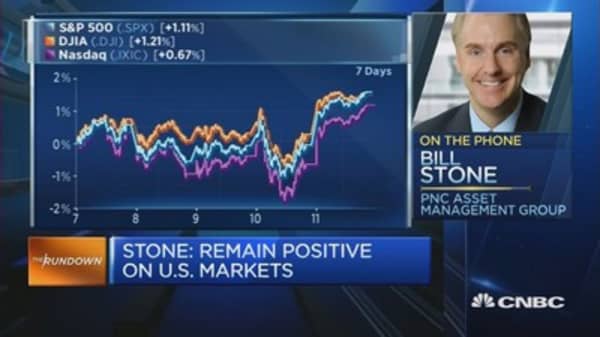The three powerhouses of East Asian economy – China, Japan and South Korea – account for nearly a quarter of global demand and output.
But before you call them – as most people do – the engines of world economic growth, please note that they sold last year an estimated $560 billion worth of goods and services more than they bought from the rest of the world.
Since the balance of payments of the world has to balance, these surpluses are other countries' deficits. And as much as trade surpluses are net contributions to GDP growth, trade deficits are net subtractions from deficit countries' economies. That is why you sometimes hear that countries running systematic trade surpluses live off their trade partners.
It is a small consolation to deficit countries and the industries devastated by their foreign competitors that some of the funds generated by trade surpluses come back to support – temporarily – their consumption. Particularly vexing for deficit countries is when these trade surplus funds come back to take control of their industries.
China's "win-win" ideas
Still, the free trade continues to be considered as an optimal solution for the world as a whole, provided you don't forget the losers – and there are plenty of them. That is the kind of harmless discussion you usually hear during election campaigns in the United States.







